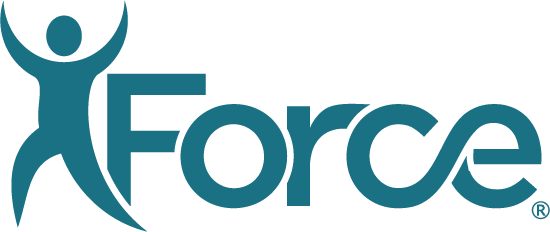The COVID-19 pandemic has reach new heights, forcing healthcare leaders to reevaluate systematic approaches and processes in place in order to retain the remaining healthcare staff to brace to the record number of COVID-related hospitalizations nationwide. The pandemic has raised remote access to care as an essential piece of an organization’s success equation. Combating healthcare burnout among physicians and care teams is not only possible, but should be a top priority as we head into 2022. In today’s environment, the major shift to value-based care plans has forced healthcare systems to turn their attention towards optimizing access to care, patient safety and care quality throughout each episode of care with intuitive and scalable integrations of technology. As the industry experiences overwhelming increases in healthcare burnout, there is a joint risk of quality of care and ultimately, increased readmissions.
In this blog, we break down how to strategically combat healthcare burnout and how this long-term strategy ensures the highest level of quality of patient care, increased patient satisfaction, and better outcomes.
What is burnout in healthcare?
The definition of burnout in healthcare can vary between health systems and can look different in each worker. According to the journal published by Nursing Management, the definition of burnout in healthcare is a work-related condition characterized by a high degree of emotional exhaustion, cynicism, and lack of personal accomplishment in relation to one’s work.
The Agency for Healthcare Research and Quality states, “The healthcare environment—with its packed work days, demanding pace, time pressures, and emotional intensity—can put physicians and other clinicians at high risk for burnout. Burnout is a long-term stress reaction marked by emotional exhaustion, depersonalization, and a lack of sense of personal accomplishment.”
Healthcare burnout symptoms:
The US National Library of Medicine lists healthcare burnout symptoms as including: chronic sadness, mental and physical fatigue, depression, self-doubt, chronic headaches, behavioral changes, social isolation, neglect of personal needs and many others.
Due to the personalized nature of this condition, healthcare worker burnout can look different in various individuals, furthermore, some healthcare environments can vary in the level of burnout depending on specialty and patient interaction volume.
2022 Burnout rates in healthcare
Although burnout can occur in various professions, the US National Library of Medicine reports that approximately one in three physicians experience burnout, which was noted to be approximately 10% higher than the control population. Furthermore, physicians in specialties at “the front line” may also be more at risk due to the high-intensity of the role.
Healthcare burnout statistics project that the likelihood of burnout in this industry may continue to increase as the pandemic progresses, especially as other non-essential appointments and procedures begin again. This projection calls for proactive industry leaders and employers to ensure a safe and adaptive environment to combat this condition.
Preventing burnout in healthcare
Many research studies around the topic, such as this healthcare burnout article by NCBI, believe burnout to be the result of an imbalance between effort and reward within a specific role.
As a demanding, high pressure job increases in workload, hours, responsibilities, stricter deadlines, etc., an imbalance can arise between these demands and the rewards of the job, which may include salary/benefits, promotion opportunities, esteem, job security, etc. In order to maintain a balance, as outside factors such as COVID-19 increase the effort required to preform a job, it is imperative to increase the perceived reward accordingly. Furthermore, identifying situations where imbalances may arise, is a proactive approach in addressing burnout before it can ensue.
Ways to reduce burnout in healthcare
Healthcare burnout solutions can be difficult to carry out due to restricted budgets, limited resources, under-staffing, and high patient demands. Increases in compensation and benefits whenever a job demand increases may not always be possible within a healthcare setting, which leads to the need for adjusting the demand of a worker. The adopting of specific digital tools that can assume tasks that would otherwise take away from more imperative duties, which can lessen work load while allowing healthcare workers to focus on patient-centric tasks.
Burnout in healthcare workers is a growing concern within the industry that is crucial to address as an employer or industry leader in order to ensure the proper preventative measures are in place as well as corrective actions if necessary. If left unaddressed, burnout will continue to negatively impact the healthcare industry, reducing workers and subtracting from patient-focused practices.
The implementation of patient-centric digital tools, such as the Force Therapeutics platform, can address the effects of burnout, while also working to minimize the condition among current workers. The platform’s education system and integration ability with EMR can reduce paperwork, limit unnecessary phone calls and readmissions, safe physician time, and reserve resources without compromising patient care quality.
Learn more about the 4 Major Benefits of a Digital Patient Engagement Platform like Force Therapeutics.



